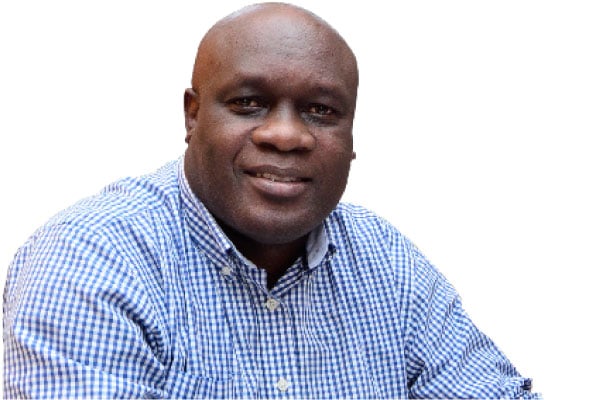NSSF ready to open the coffers but current law is woefully out of date
What you need to know:
- NSSF options. NSSF will have trouble meeting the double digit returns and should state so because the market favours them. I don’t like the idea of funds being invested in our neighbourhood but NSSF has few options.
Last week, the public was treated to an exchange of views; a small influential group of savers wants to shift their retirement savings from one asset category to another (from provident fund to self- managed, fixed assets).
This group has done a good job of complying with the law but inflation may end up wiping out their accounts if the economy continues to fail to perform and government pays lip service to deflation. NSSF probably can meet this cash call but not without lasting damage to how we view the institution.
These funds will require NSSF to liquidate one of its marquee assets to raise Shs2.5 trillion. It’s doubtful government will allow all this money to enter into the economy without some form of withholding tax. Even at these heights of success, this phenomenon of floating homes on the lake shows that even the rich need strong and adequate regulation.
Some liquidity in manageable portions will benefit more people than this small group. NSSF will have trouble meeting the double digit returns and should state so because the market favours them.
I don’t like the idea of funds being invested in our neighbourhood but NSSF has few options. The government is aware of the cataclysmic risk resulting from over-concentration of NSSF savings in one asset class. There is a bigger topic for another day of how Parliament and the Executive have left the engine car running in appropriations.
Tanzania and Kenya have a more diverse retirement benefit sector but the level of contributions is much lower at 5 per cent. They have gone what Uganda has gone through in similar times but they are nowhere close to the much bigger NSSF.
The current proposal to amend the law may require to simply break up NSSF to protect younger workers who are entering the workforce to check a box and have NSSF pick up the money. The current fund is too big and too risky for them. But the technical guidance should come from the Uganda Retirement Benefits Regulatory Authority. NSSF has been having compliance issues but gets along based on its 35-year-old identity.
The benefits belonging to persons of over 45 years can have an early withdrawal box; these small contributors are the bedrock of the Fund even though they don’t receive much in the form of benefits. The rest can continue waiting until 55 and these are also many. Recently, I learnt that NSSF has been talking to the big savers (Shs500 million or more) to reinvest at 55.
All these funds should be properly segregated. Over time, NSSF will weather this major call on capital and its shock will leave some dent but on paper it will weather. It’s not every day that someone knocks on your door and asks for their 20 per cent.
Bank of Uganda issued a moratorium on lucrative short-term overdrafts many companies use for recurrent expenditures as they wait for maturation of invoices. As soon as the moratorium on overdrafts kicked in, banks froze new loans which would leave them limping into 2021.
This is not an NSSF problem, but these are all directly and indirectly NSSF’s biggest clients, the blue chip class. Former NSSF deputy MD Geraldine Ssali, with emphasis on the mathematics, says these numbers should be possible. Politicians at election time think this is a good thing. But the current draft law is woefully out of date in Coronavirus time.
Mr Ssemogerere is an Attorney-At-Law and an Advocate. [email protected]




